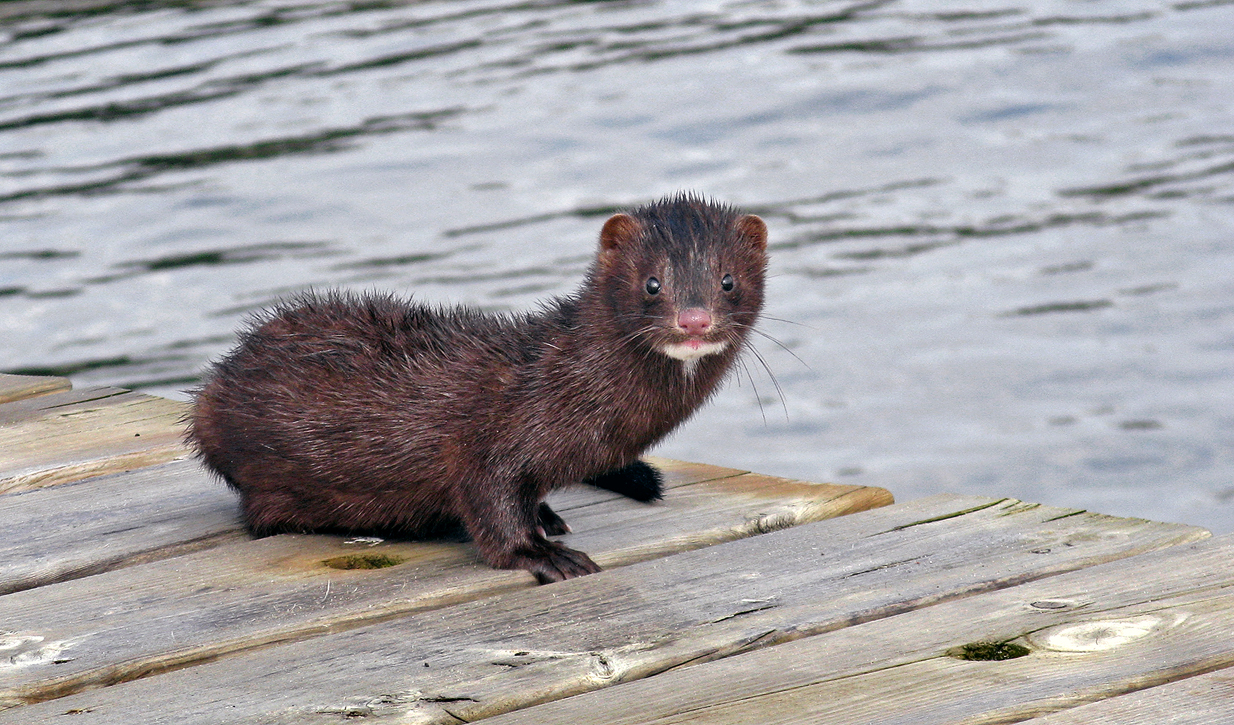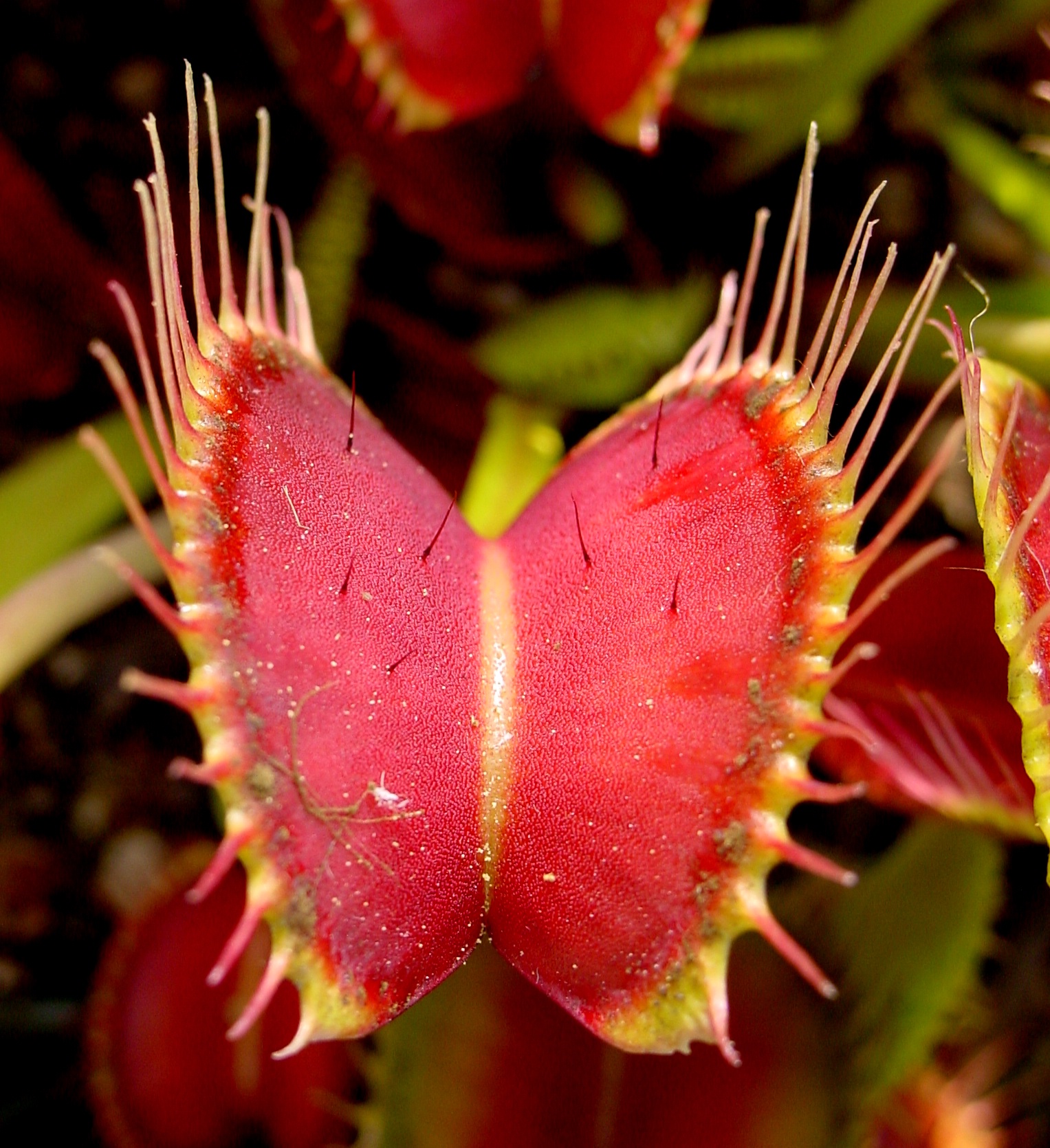|
Amdoparvovirus
''Amdoparvovirus'' is a genus of viruses in the family ''Parvoviridae'' in the subfamily ''Parvovirinae''. Mustelids (minks, ferrets, and fox Foxes are small to medium-sized, omnivorous mammals belonging to several genera of the family Canidae. They have a flattened skull, upright, triangular ears, a pointed, slightly upturned snout, and a long bushy tail (or ''brush''). Twelve sp ...es), skunk, and raccoons serve as natural hosts. There are five species in this genus. Diseases associated with this genus include progressive disorder of immune system. Taxonomy The following five species are assigned to the genus: *'' Carnivore amdoparvovirus 1'' *'' Carnivore amdoparvovirus 2'' *'' Carnivore amdoparvovirus 3'' *'' Carnivore amdoparvovirus 4'' *'' Carnivore amdoparvovirus 5'' Structure Viruses in the genus ''Amdoparvovirus'' have non-enveloped protein particles with T=1 icosahedral symmetry. They are around 18 to 26 nm in diameter and contain a single linear singl ... [...More Info...] [...Related Items...] OR: [Wikipedia] [Google] [Baidu] |
Carnivore Amdoparvovirus 1
Aleutian disease, also known as mink plasmacytosis, is a disease which causes spontaneous abortion and death in minks and ferrets. It is caused by ''Carnivore amdoparvovirus 1'' (also known as ''Aleutian disease virus'', ADV), a highly contagious parvovirus in the genus ''Amdoparvovirus''. The virus has been found as a natural infection in the Mustelidae family within mink, ferrets, otters, polecats, stone and pine martens and within other carnivores such as skunks, genets, foxes and raccoons. This is most commonly explained as because they all share resources and habitats. History Aleutian disease was first recognized in ranch-raised mink in 1956. The disease was so named because it was first found in mink with the Aleutian coat color gene, a gun-metal grey pelt. It was assumed that the disease was a result of poor genetics, but it was later found that minks of all coat colors were susceptible to the disease—but tend to have a lower mortality compared with Aleutian mink. In ... [...More Info...] [...Related Items...] OR: [Wikipedia] [Google] [Baidu] |
Parvoviridae
Parvoviruses are a family of animal viruses that constitute the family ''Parvoviridae''. They have linear, single-stranded DNA (ssDNA) genomes that typically contain two genes encoding for a replication initiator protein, called NS1, and the protein the viral capsid is made of. The coding portion of the genome is flanked by telomeres at each end that form into hairpin loops that are important during replication. Parvovirus virions are small compared to most viruses, at 23–28 nanometers in diameter, and contain the genome enclosed in an icosahedral capsid that has a rugged surface. Parvoviruses enter a host cell by endocytosis, travelling to the nucleus where they wait until the cell enters its replication stage. At that point, the genome is uncoated and the coding portion is replicated. Viral messenger RNA (mRNA) is then transcribed and translated, resulting in NS1 initiating replication. During replication, the hairpins repeatedly unfold, are replicated, and refold to chang ... [...More Info...] [...Related Items...] OR: [Wikipedia] [Google] [Baidu] |
Parvovirinae
''Parvovirinae'' is a subfamily of viruses in the family ''Parvoviridae''. There are ten genera and 84 species assigned to this subfamily. Taxonomy The following 10 genera are recognized: *'' Amdoparvovirus'' *'' Artiparvovirus'' *'' Aveparvovirus'' *'' Bocaparvovirus'' *'' Copiparvovirus'' *''Dependoparvovirus'' *'' Erythroparvovirus'' *'' Loriparvovirus'' *''Protoparvovirus'' *''Tetraparvovirus Tetraparvovirus are a genus of viruses in the family ''Parvoviridae''. There are six recognized species: '' Chiropteran tetraparvovirus 1'', '' Primate tetraparvovirus 1'', '' Ungulate tetraparvovirus 1'', '' Ungulate tetraparvovirus 2'', '' Ungu ...'' References External links ICTV ''Parvovirinae'' {{Taxonbar, from=Q2055184 Parvoviruses Virus subfamilies ... [...More Info...] [...Related Items...] OR: [Wikipedia] [Google] [Baidu] |
Carnivore Amdoparvovirus 2
A carnivore , or meat-eater (Latin, ''caro'', genitive ''carnis'', meaning meat or "flesh" and ''vorare'' meaning "to devour"), is an animal or plant whose food and energy requirements derive from animal tissues (mainly muscle, fat and other soft tissues) whether through hunting or scavenging. Nomenclature Mammal order The technical term for mammals in the order Carnivora is ''carnivoran'', and they are so-named because most member species in the group have a carnivorous diet, but the similarity of the name of the order and the name of the diet causes confusion. Many but not all carnivorans are meat eaters; a few, such as the large and small cats (felidae) are ''obligate'' carnivores (see below). Other classes of carnivore are highly variable. The Ursids, for example: While the Arctic polar bear eats meat almost exclusively (more than 90% of its diet is meat), almost all other bear species are omnivorous, and one species, the giant panda, is nearly exclusively herbivorous. D ... [...More Info...] [...Related Items...] OR: [Wikipedia] [Google] [Baidu] |
Carnivore Amdoparvovirus 3
A carnivore , or meat-eater (Latin, ''caro'', genitive ''carnis'', meaning meat or "flesh" and ''vorare'' meaning "to devour"), is an animal or plant whose food and energy requirements derive from animal tissues (mainly muscle, fat and other soft tissues) whether through hunting or scavenging. Nomenclature Mammal order The technical term for mammals in the order Carnivora is ''carnivoran'', and they are so-named because most member species in the group have a carnivorous diet, but the similarity of the name of the order and the name of the diet causes confusion. Many but not all carnivorans are meat eaters; a few, such as the large and small cats (felidae) are ''obligate'' carnivores (see below). Other classes of carnivore are highly variable. The Ursids, for example: While the Arctic polar bear eats meat almost exclusively (more than 90% of its diet is meat), almost all other bear species are omnivorous, and one species, the giant panda, is nearly exclusively herbivorous. D ... [...More Info...] [...Related Items...] OR: [Wikipedia] [Google] [Baidu] |
Carnivore Amdoparvovirus 4
A carnivore , or meat-eater (Latin, ''caro'', genitive ''carnis'', meaning meat or "flesh" and ''vorare'' meaning "to devour"), is an animal or plant whose food and energy requirements derive from animal tissues (mainly muscle, fat and other soft tissues) whether through hunting or scavenging. Nomenclature Mammal order The technical term for mammals in the order Carnivora is ''carnivoran'', and they are so-named because most member species in the group have a carnivorous diet, but the similarity of the name of the order and the name of the diet causes confusion. Many but not all carnivorans are meat eaters; a few, such as the large and small cats (felidae) are ''obligate'' carnivores (see below). Other classes of carnivore are highly variable. The Ursids, for example: While the Arctic polar bear eats meat almost exclusively (more than 90% of its diet is meat), almost all other bear species are omnivorous, and one species, the giant panda, is nearly exclusively herbivorous. D ... [...More Info...] [...Related Items...] OR: [Wikipedia] [Google] [Baidu] |
Carnivore Amdoparvovirus 5
A carnivore , or meat-eater (Latin, ''caro'', genitive ''carnis'', meaning meat or "flesh" and ''vorare'' meaning "to devour"), is an animal or plant whose food and energy requirements derive from animal tissues (mainly muscle, fat and other soft tissues) whether through hunting or scavenging. Nomenclature Mammal order The technical term for mammals in the order Carnivora is ''carnivoran'', and they are so-named because most member species in the group have a carnivorous diet, but the similarity of the name of the order and the name of the diet causes confusion. Many but not all carnivorans are meat eaters; a few, such as the large and small cats (felidae) are ''obligate'' carnivores (see below). Other classes of carnivore are highly variable. The Ursids, for example: While the Arctic polar bear eats meat almost exclusively (more than 90% of its diet is meat), almost all other bear species are omnivorous, and one species, the giant panda, is nearly exclusively herbivorous. D ... [...More Info...] [...Related Items...] OR: [Wikipedia] [Google] [Baidu] |
Viruses
A virus is a submicroscopic infectious agent that replicates only inside the living cells of an organism. Viruses infect all life forms, from animals and plants to microorganisms, including bacteria and archaea. Since Dmitri Ivanovsky's 1892 article describing a non-bacterial pathogen infecting tobacco plants and the discovery of the tobacco mosaic virus by Martinus Beijerinck in 1898,Dimmock p. 4 more than 9,000 virus species have been described in detail of the millions of types of viruses in the environment. Viruses are found in almost every ecosystem on Earth and are the most numerous type of biological entity. The study of viruses is known as virology, a subspeciality of microbiology. When infected, a host cell is often forced to rapidly produce thousands of copies of the original virus. When not inside an infected cell or in the process of infecting a cell, viruses exist in the form of independent particles, or ''virions'', consisting of (i) the genetic material, i.e ... [...More Info...] [...Related Items...] OR: [Wikipedia] [Google] [Baidu] |
Mink
Mink are dark-colored, semiaquatic, carnivorous mammals of the genera ''Neogale'' and '' Mustela'' and part of the family Mustelidae, which also includes weasels, otters, and ferrets. There are two extant species referred to as "mink": the American mink and the European mink. The extinct sea mink was related to the American mink but was much larger. The American mink's fur has been highly prized for use in clothing. Their treatment on fur farms has been a focus of animal rights and animal welfare activism. American mink have established populations in Europe (including Great Britain and Denmark) and South America. Some people believe this happened after the animals were released from mink farms by animal rights activists, or otherwise escaped from captivity. In the UK, under the Wildlife and Countryside Act 1981, it is illegal to release mink into the wild. In some countries, any live mink caught in traps must be humanely killed. American mink are believed by some to have c ... [...More Info...] [...Related Items...] OR: [Wikipedia] [Google] [Baidu] |
Ferret
The ferret (''Mustela furo'') is a small, Domestication, domesticated species belonging to the family Mustelidae. The ferret is most likely a domesticated form of the wild European polecat (''Mustela putorius''), evidenced by their Hybrid (biology), interfertility. Other mustelids include the stoat, badger and mink. Physically, ferrets resemble other mustelids because of their long, slender bodies. Including their tail, the average length of a ferret is about ; they weigh between ; and their fur can be black, brown, white, or a mixture of those colours. In this Sexual dimorphism, sexually dimorphic species, males are considerably larger than females. Ferrets may have been domesticated since ancient times, but there is widespread disagreement because of the sparseness of written accounts and the inconsistency of those which survive. Contemporary scholarship agrees that ferrets were bred for sport, hunting rabbits in a practice known as rabbiting. In North America, the ferret has ... [...More Info...] [...Related Items...] OR: [Wikipedia] [Google] [Baidu] |






